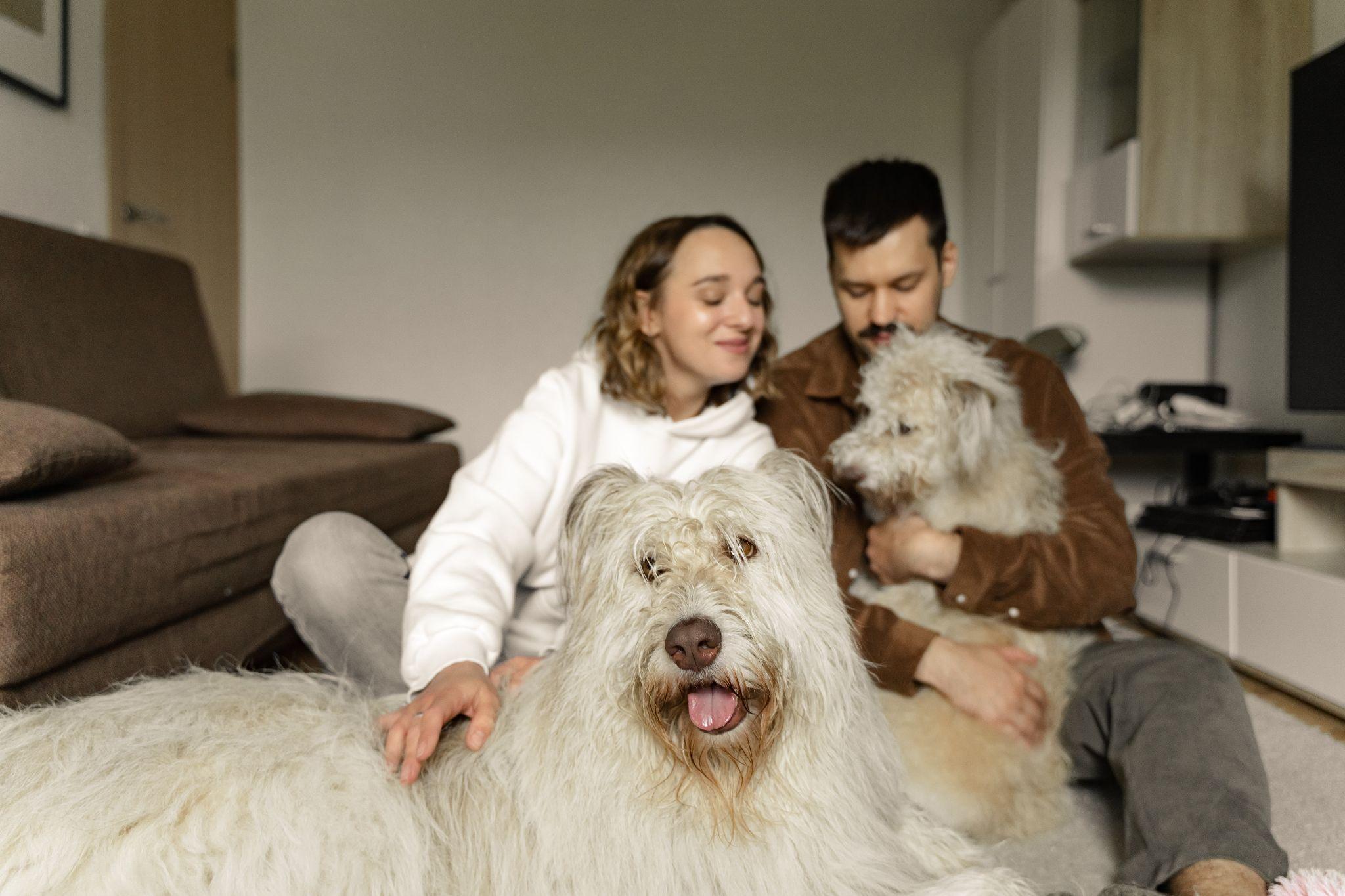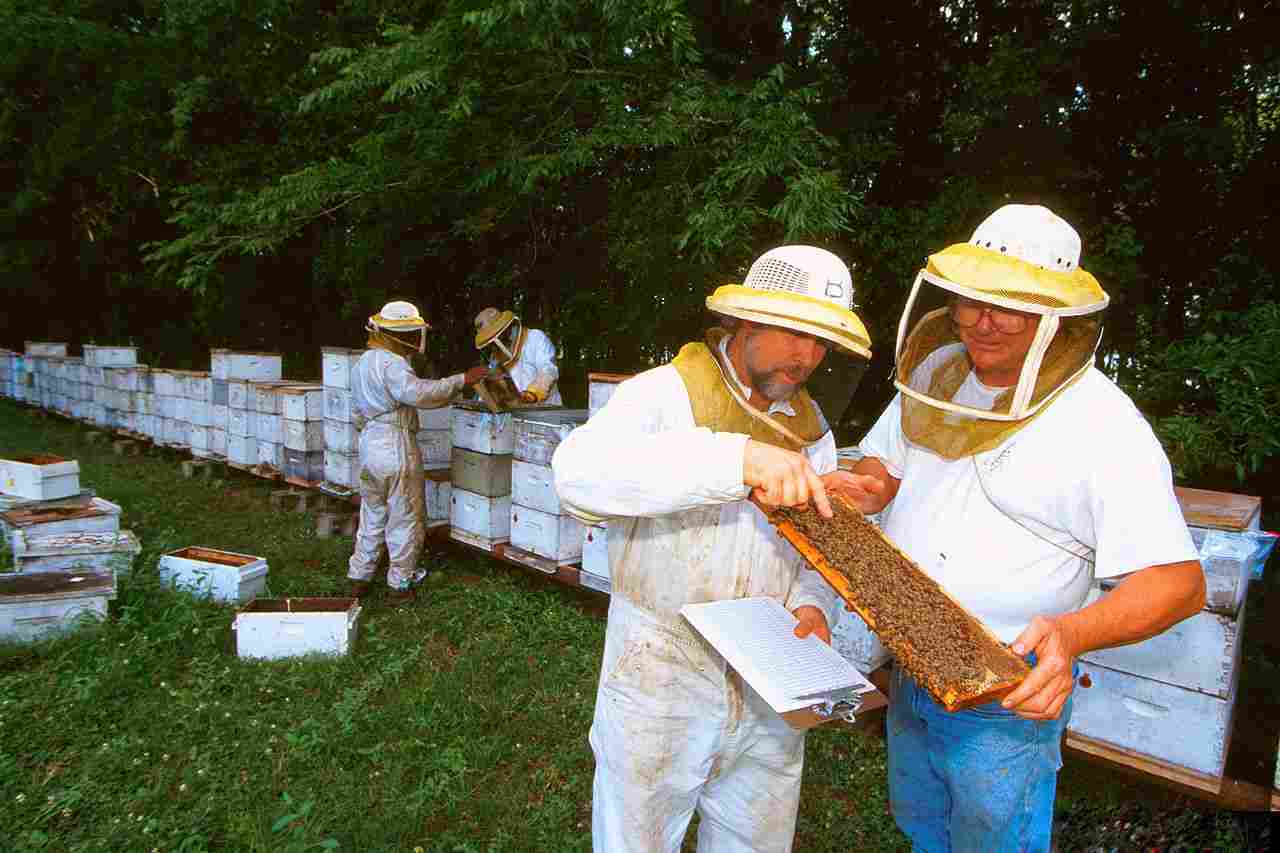Leaving Dogs Home Alone While At Work: 29+ Dog Care Tips For Busy Owners In 2024
Recommended tips when leaving dogs home alone while at work include assessing your dog’s independence, establishing a routine, ensuring ample space, providing entertainment, considering mid-day visits or hiring a dog sitter, enrolling in training classes, exploring doggy daycare, using white noise or TV, ensuring bathroom breaks, implementing gradual alone time training, among others.
This article goes into details on tips to guide busy owners when leaving their dogs at home;
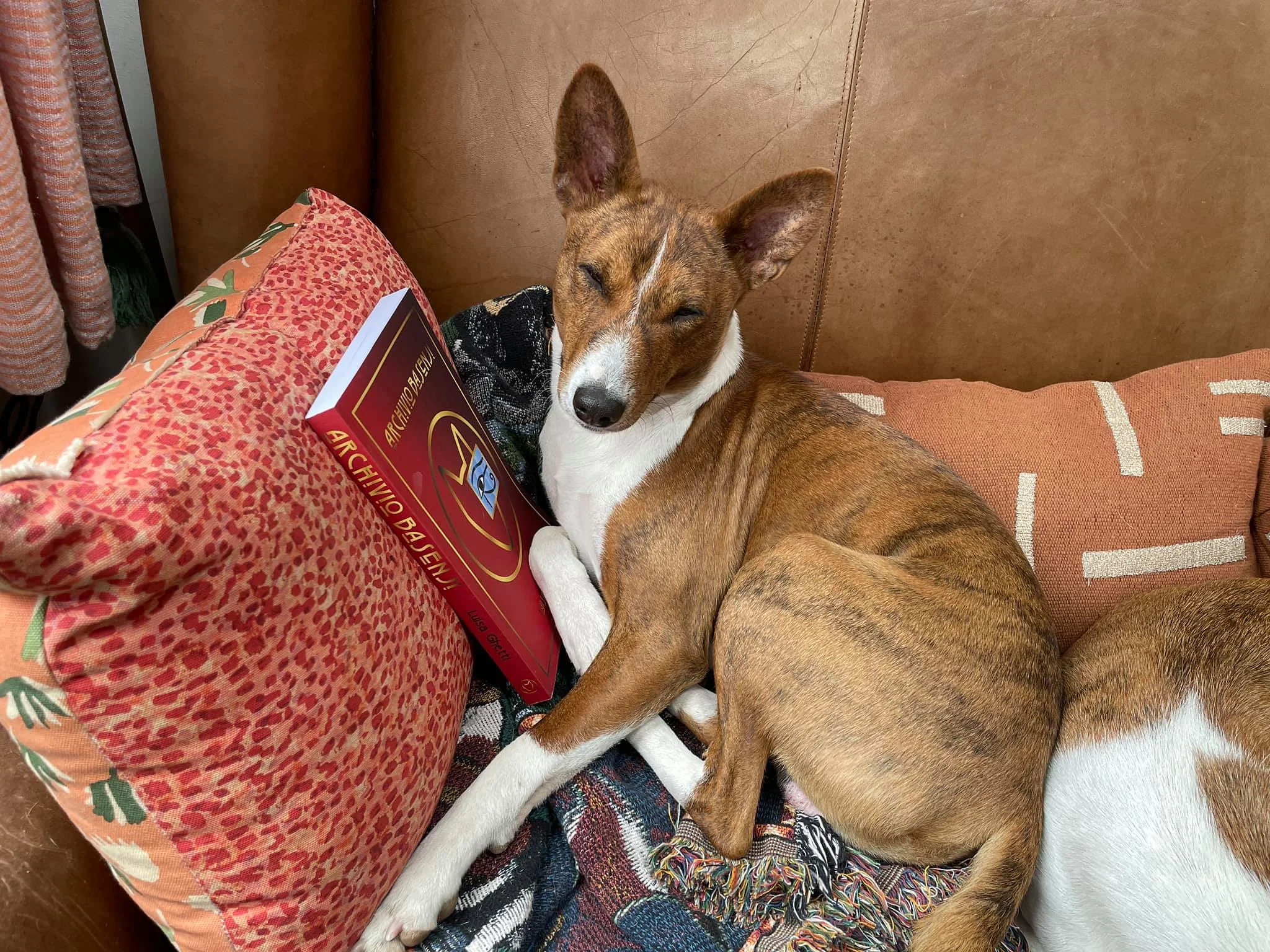
| Recommended Measure | Key Details |
| Assess Your Dog’s Independence |
– Consider personality, breed, age. – Evaluate past experiences.
|
| Establish a Routine |
– Consistent schedule. – Departure and arrival cues.
|
| Ensure Ample Space |
– Designated safe areas. – Dog-proof the space.
|
| Provide Entertainment |
– Interactive toys. – Rotate toys for variety.
|
| Mid-Day Visit or Hire a Dog Sitter |
– Social interaction mid-day. – Professional help for dedicated care.
|
| Enroll in Training Classes |
– Behavioral training. – Bonding opportunity.
|
| Consider Doggy Daycare |
– Socialization opportunities. – Supervised play.
|
| White Noise or TV |
– Background noise for comfort. – TV as a calming distraction.
|
| Ensure Bathroom Breaks |
– Scheduled breaks aligned with needs. – Consideration for potty training.
|
| Gradual Alone Time Training |
– Incremental intervals. – Positive reinforcement.
|
| Comfortable Sleeping Area |
– Provide a cozy bed or designated sleeping space. – Include familiar scents.
|
| Monitor Separation Anxiety |
– Observe behavior for signs. – Consult with professionals if needed.
|
| Use Technology |
– Pet cameras for remote check-ins. – Automated treat dispensers for positive reinforcement.
|
| Regular Exercise |
– Pre-departure exercise to expend energy. – Scheduled walks for mental stimulation.
|
| Secure the Environment |
– Ensure home is safe and hazard-free. – Dog-proofing.
|
| Socialization Opportunities |
– Arrange playdates. – Attend dog-friendly events.
|
| Consult with a Veterinarian |
– Regular vet check-ups for health assessment. – Seek behavioral guidance.
|
| Positive Departures and Arrivals |
– Calm goodbyes. – Warm welcomes.
|
| Create a Comforting Smell |
– Leave items with your scent. – Use calming aromas.
|
| Regular Vet Check-ups |
– Schedule for health monitoring. – Keep vaccinations updated.
|
| Consider a Companion |
– Introduce a compatible second dog. – Social interaction benefits.
|
| Maintain a Well-Groomed Environment |
– Regular grooming practices. – Ensure a comfortable coat.
|
| Explore Pet Insurance |
– Consider for financial protection. – Review coverage options.
|
| Weather Considerations |
– Maintain a comfortable home temperature. – Provide outdoor shelter and water.
|
| Interactive Treat Dispensers | – Mental stimulation through problem-solving toys. – Scheduled treat sessions. |
| Calm Departures | – Keep exits low-key. – Consistency in departure demeanor. |
| Safe Chewing Options | – Provide appropriate chewing toys. – Offer variety in texture. |
| Consult Online Resources | – Explore educational websites. – Participate in community forums. |
| Plan for Emergencies | – Designate an emergency contact. – Prepare a pet emergency kit. |
| Regularly Update Routine | – Adapt routine to changing needs. – Be flexible in adjustments. |
| Best Time Range to Leave Dogs Alone | – Consider individual tolerance. – Trial and observe to find optimal duration. |
| Tips When Leaving Dogs for 4-6 Hours | – Ensure adequate exercise. – Provide entertainment. – Comfortable sleeping area. |
| Tips When Leaving Dogs for 8 Hours and Above | – Plan mid-day breaks. – Use technology for interaction. – Ensure a secure environment. |
| Tips When Leaving Dogs With Separation Anxiety | – Seek professional guidance. – Implement gradual alone time training. – Create a comforting environment. |
1. Assess Your Dog’s Independence
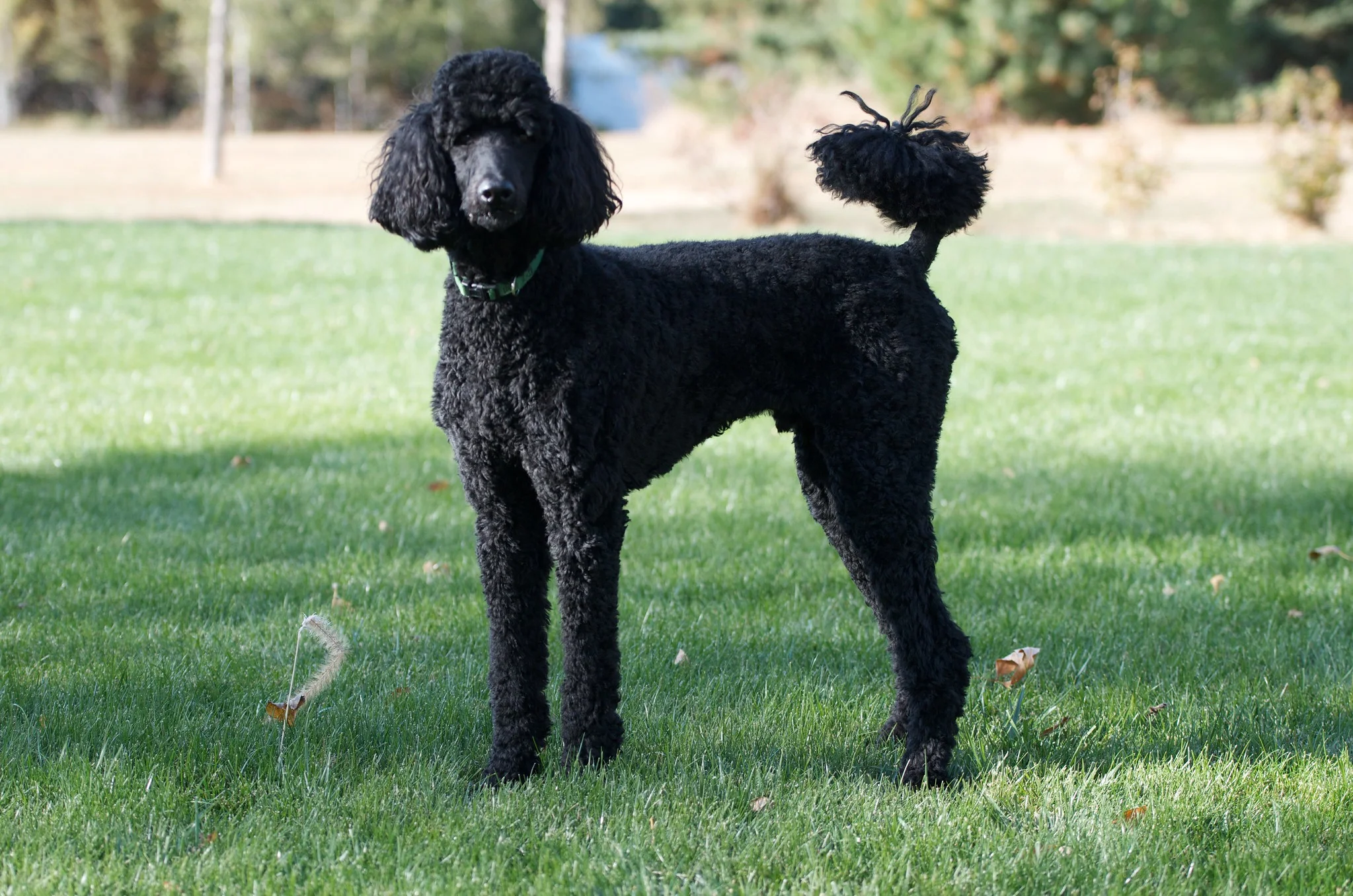
Understanding Needs: Evaluate your dog’s personality and needs to gauge their level of independence.
Previous Behaviors: Consider past experiences when leaving your dog alone to identify any signs of distress or adaptability.
Breed Characteristics: Research your dog’s breed tendencies as some breeds are more independent than others.
Age Factors: Take into account your dog’s age; younger dogs might need more attention and companionship.
Importance: Assessing your dog’s independence is crucial for tailoring a suitable plan to ensure their well-being when left alone. It helps you address specific needs and potential challenges, ensuring a positive experience during your absence.
2. Establish a Routine
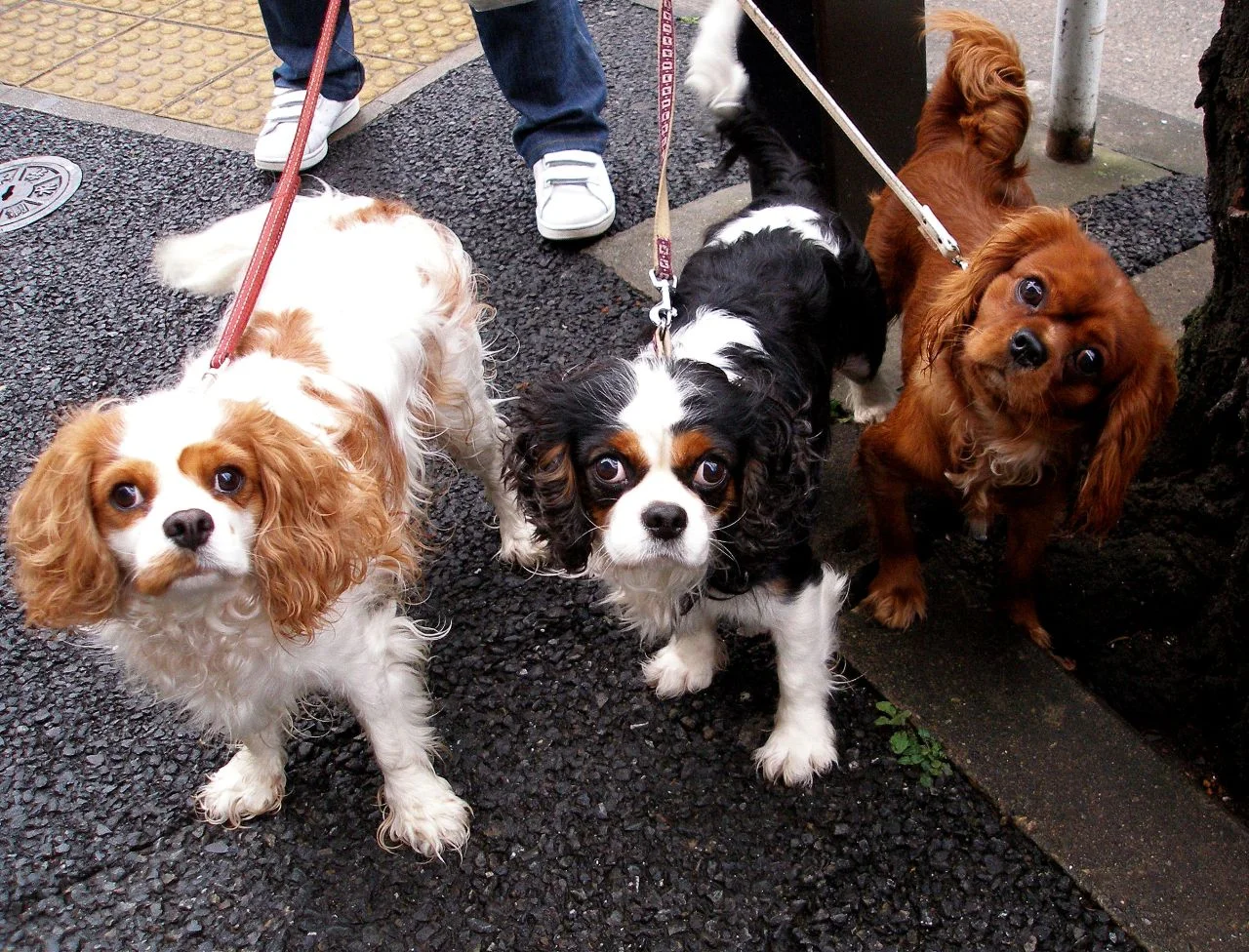
Consistency is Key: Set a daily routine for feeding, walks, and playtime to create a predictable environment.
Comfort in Predictability: Dogs thrive on routine, reducing anxiety as they know what to expect.
Establish Departure Cues: Create specific cues when leaving, signaling that you’ll return, providing assurance.
Importance: Establishing a routine provides a sense of security for your dog, minimizing stress and anxiety associated with your departures.
3. Ensure Ample Space
Safe Zones: Designate areas where your dog can move comfortably without feeling confined.
Consider Dog Proofing: Ensure the designated space is safe, removing potential hazards or items your dog might chew on.
Importance: Adequate space allows your dog to move freely, reducing feelings of confinement and promoting a sense of autonomy.
4. Provide Entertainment
Interactive Toys: Offer toys that engage and stimulate your dog’s mind, preventing boredom.
Rotate Toys: Introduce variety to keep your dog’s interest, avoiding monotony.
Importance: Entertainment helps keep your dog mentally stimulated, reducing the likelihood of destructive behaviors and separation anxiety.
5. Mid-Day Visit or Hire a Dog Sitter

Social Interaction: Arrange for someone to check on your dog mid-day, providing companionship.
Professional Help: Consider hiring a dog sitter to offer dedicated attention and care during your absence.
Importance: Mid-day visits or a dog sitter ensures your dog receives attention, a bathroom break, and alleviates prolonged periods of solitude.
6. Enroll in Training Classes
Behavioral Training: Enroll your dog in training classes to address any behavioral issues and enhance obedience.
Bonding Opportunity: Training fosters a stronger bond between you and your dog.
Importance: Training classes contribute to your dog’s overall well-being, providing mental stimulation and reinforcing positive behaviors, which can be beneficial during alone time.
7. Consider Doggy Daycare

Socialization: Doggy daycare offers a social environment, promoting interaction with other dogs.
Supervised Play: Trained staff ensure a safe and enjoyable playtime experience.
Importance: Doggy daycare provides a stimulating alternative, preventing loneliness and boredom, especially for social dogs.
8. White Noise or TV
Background Noise: Leave on soothing white noise or play calming music to create a comforting environment.
TV as Distraction: Some dogs find the presence of a TV calming, providing visual and auditory stimulation.
Importance: White noise or TV can mask outside sounds and offer a sense of companionship, easing your dog’s anxiety when alone.
9. Ensure Bathroom Breaks
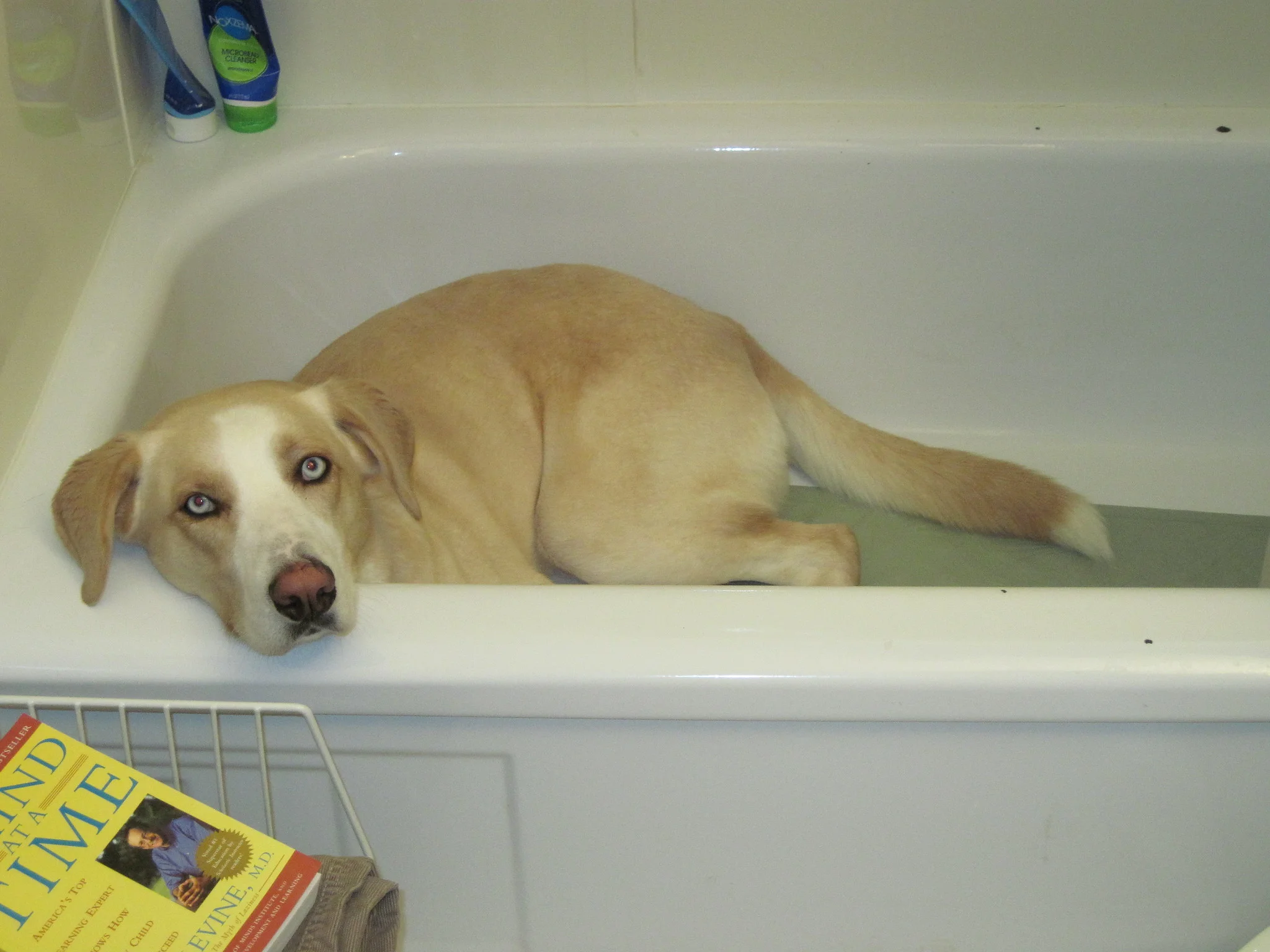
Scheduled Breaks: Plan regular breaks, aligning with your dog’s bathroom needs.
Potty Training Considerations: Take into account your dog’s age and ability to hold their bladder.
Importance: Ensuring bathroom breaks maintain your dog’s physical health and prevent discomfort, contributing to a more relaxed alone time experience.
10. Gradual Alone Time Training
Incremental Intervals: Train your dog to be alone gradually, starting with short durations and gradually increasing.
Positive Reinforcement: Reward your dog for calm behavior during alone time, reinforcing positive associations.
Importance: Gradual training helps your dog build tolerance to being alone, reducing anxiety and promoting a sense of security.
11. Comfortable Sleeping Area
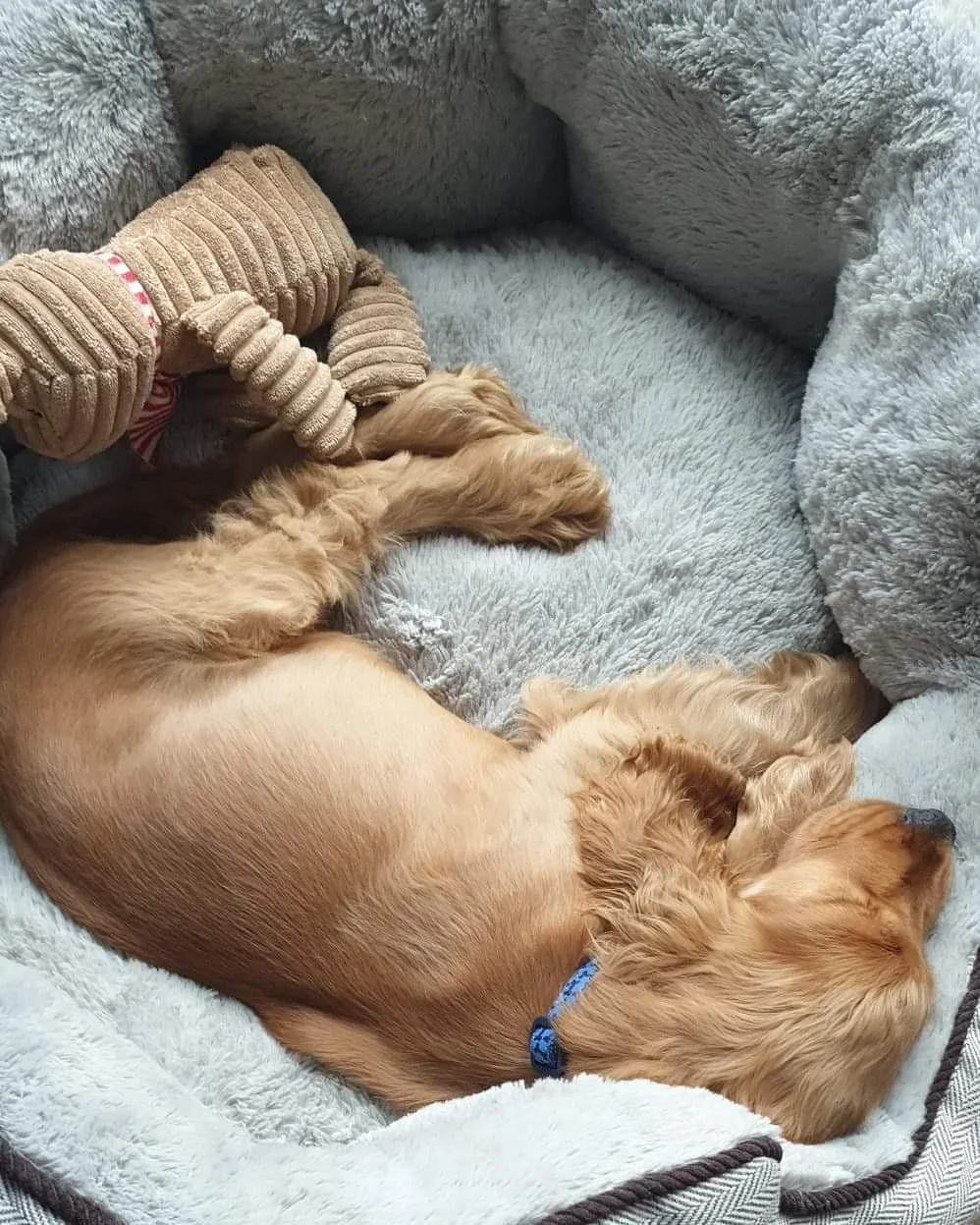
Cozy Bedding: Provide a comfortable bed or designated sleeping area for your dog.
Familiar Scents: Include items with familiar scents to create a soothing environment.
Importance: A comfortable sleeping area contributes to your dog feeling secure and relaxed during periods of solitude.
12. Monitor Separation Anxiety

Behavior Observation: Be vigilant for signs of separation anxiety such as excessive barking, pacing, or destructive behavior.
Consult a Professional: If separation anxiety is a concern, seek guidance from a veterinarian or professional dog behaviorist.
Importance: Monitoring for separation anxiety allows for early intervention, ensuring your dog’s mental well-being is prioritized.
13. Use Technology
Pet Cameras: Employ pet cameras to check on your dog remotely and offer verbal reassurance.
Automated Treat Dispensers: Interactive devices can dispense treats, providing positive reinforcement during your absence.
Importance: Technology aids in maintaining a connection with your dog, easing both your and their stress levels when apart.
14. Regular Exercise
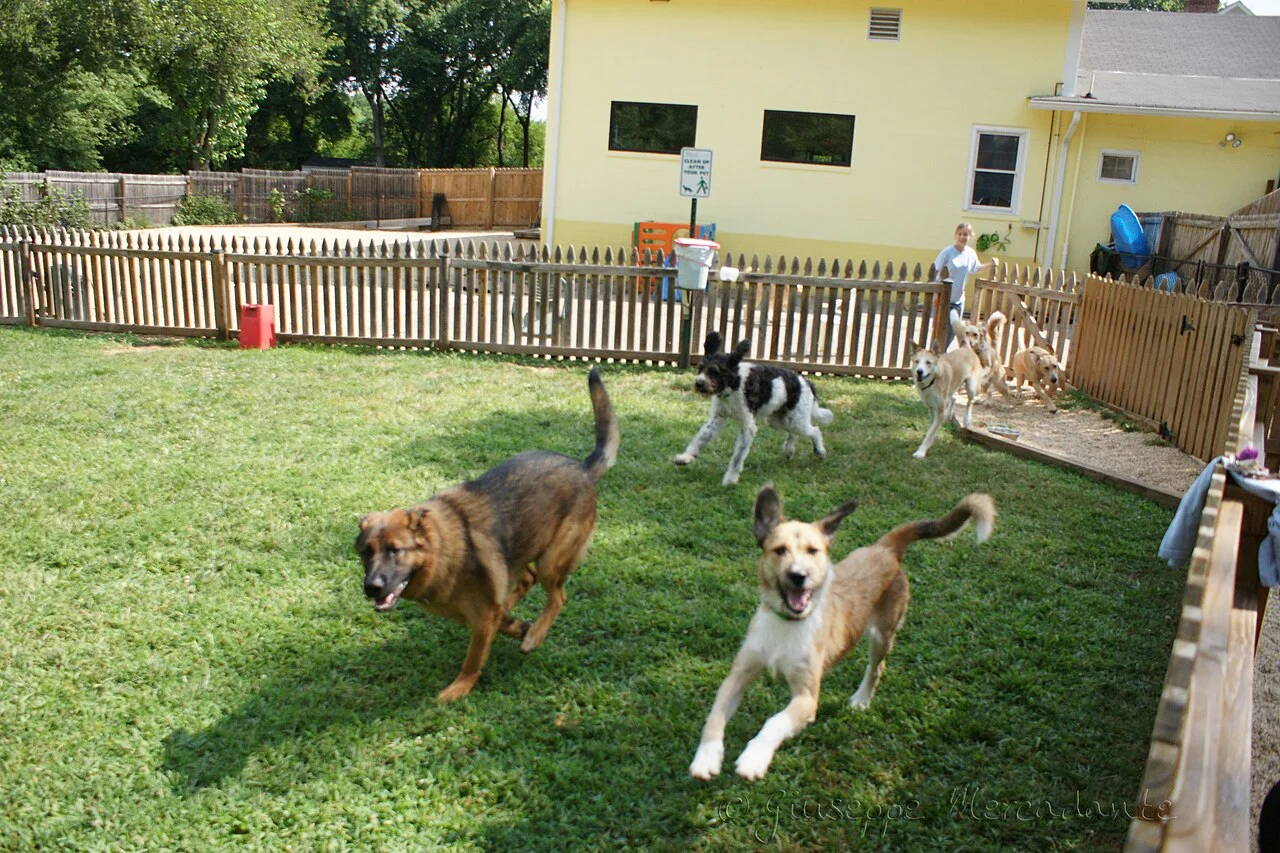
Pre-Departure Exercise: Prioritize physical activity before leaving to help expend energy.
Scheduled Walks: Incorporate regular walks into your routine for mental stimulation.
Importance: Regular exercise is essential to keep your dog physically and mentally stimulated, reducing restlessness during alone time.
15. Secure the Environment
Safe Spaces: Ensure that your home environment is secure and free of potential hazards.
Dog-Proofing: Remove any items that could be harmful if chewed or ingested.
Importance: A secure environment minimizes risks and allows your dog to explore safely, fostering a sense of security during your absence.
16. Socialization Opportunities
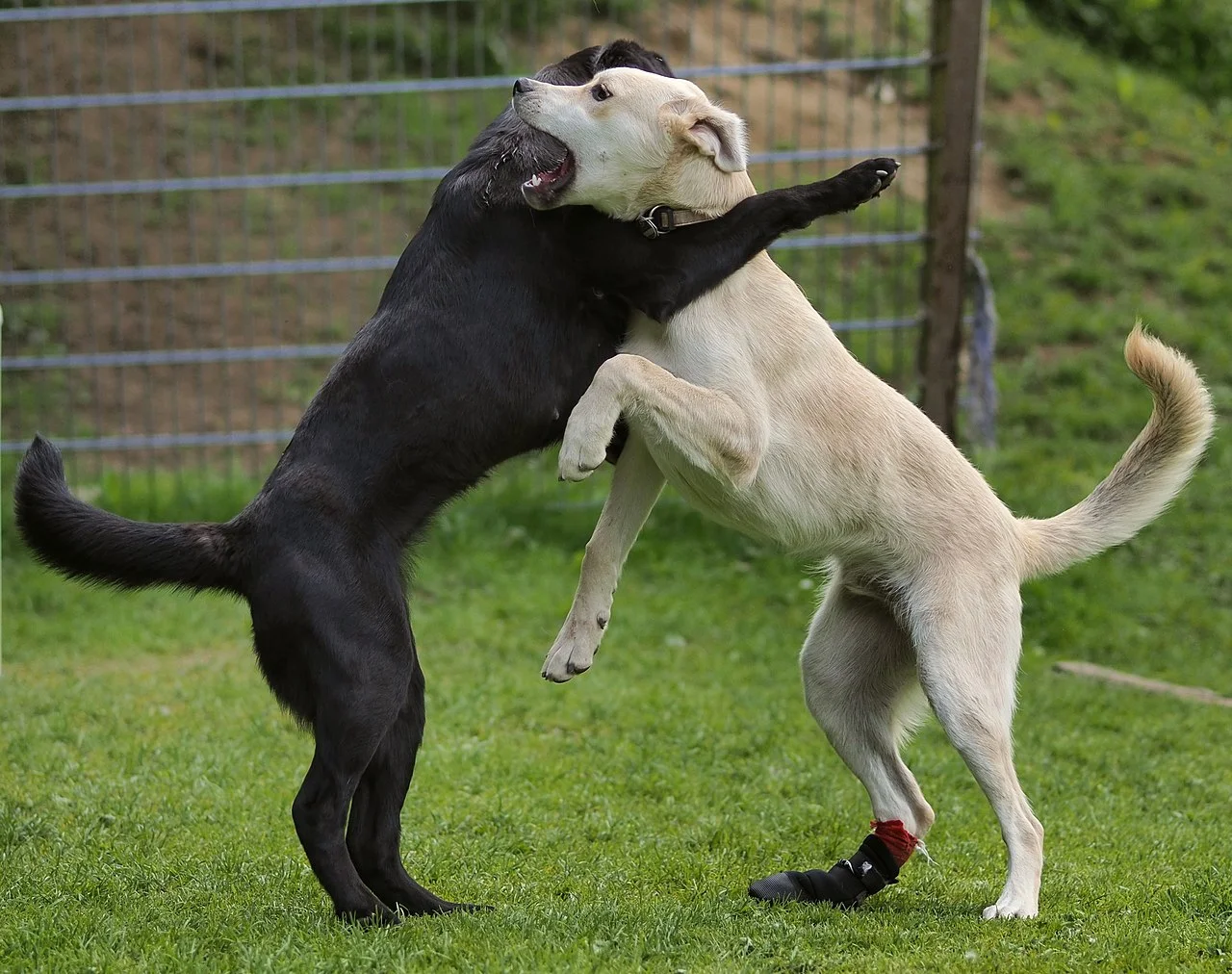
Playdates: Arrange playdates with other dogs to enhance socialization skills.
Dog-friendly Events: Attend dog-friendly events to expose your dog to various environments.
Importance: Socialization promotes positive behavior and confidence, contributing to a more adaptable and relaxed dog when alone.
17. Consult with a Veterinarian
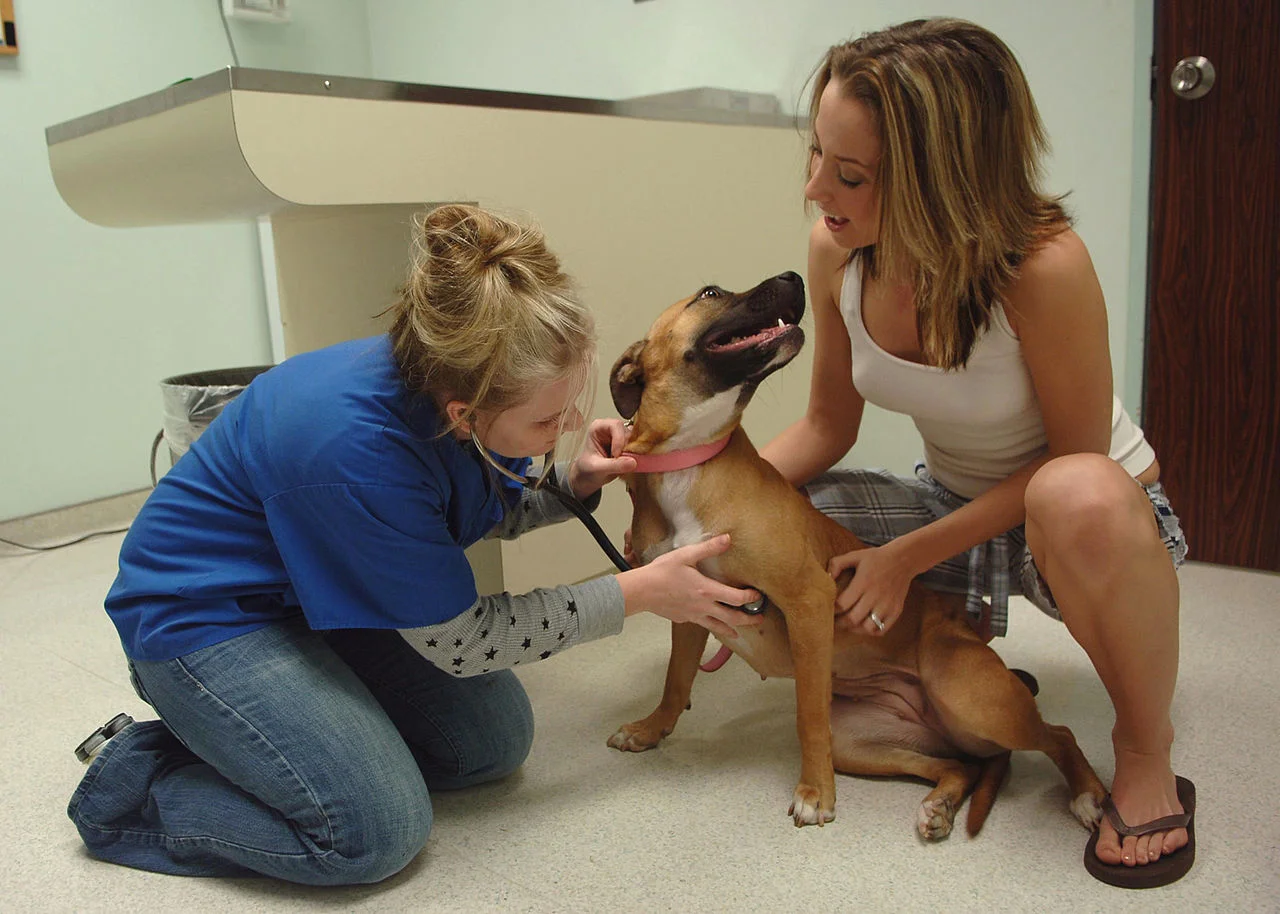
Health Assessment: Regular veterinary check-ups ensure your dog is physically and mentally healthy.
Behavioral Guidance: Seek professional advice for any behavioral concerns.
Importance: Consulting with a veterinarian provides holistic care, addressing both physical and behavioral aspects, ensuring your dog’s overall well-being.
18. Positive Departures and Arrivals
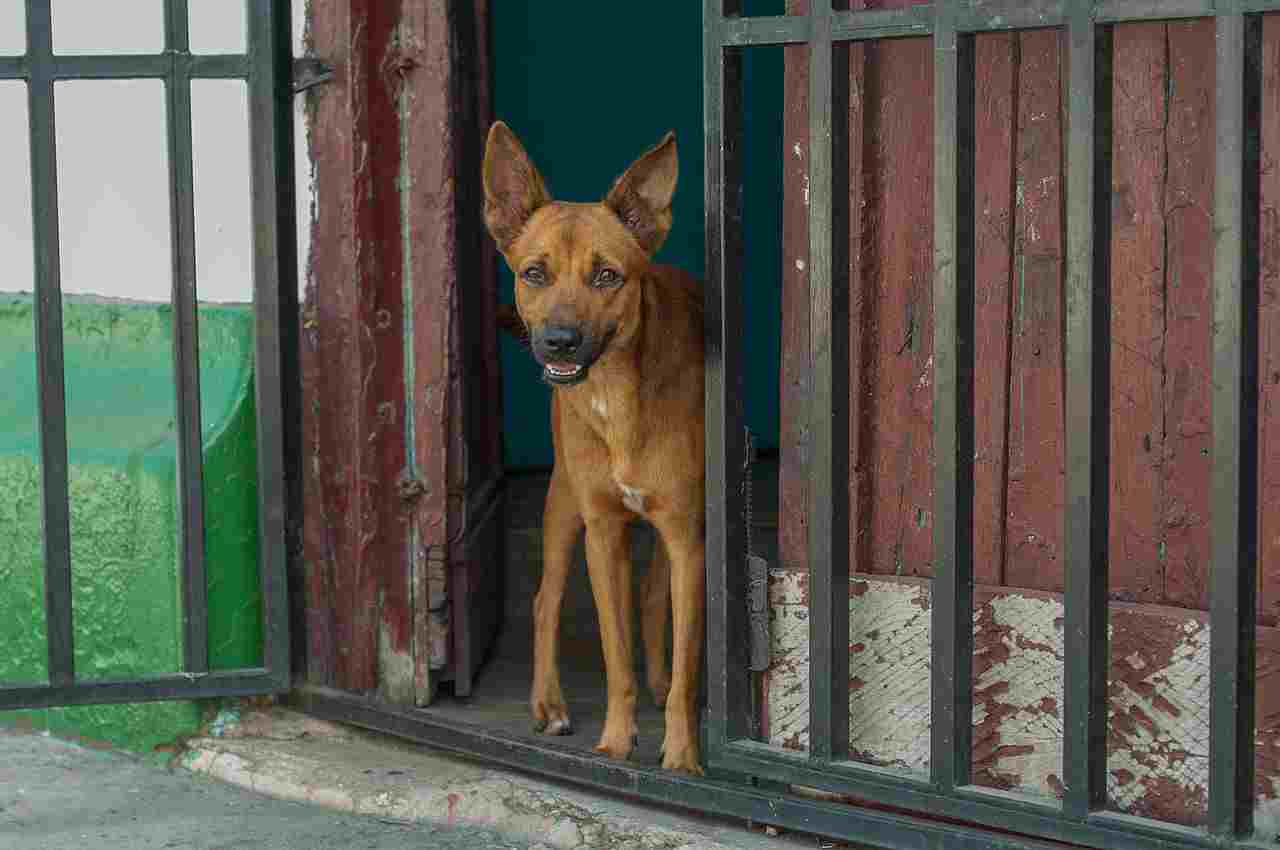
Calm Goodbyes: Avoid prolonged goodbyes; leave calmly without drawing attention to your departure.
Warm Welcomes: Greet your dog calmly upon returning, reinforcing that your absence is temporary.
Importance: Positive departures and arrivals help establish a routine and reduce anxiety by minimizing the emotional impact of leaving and returning.
19. Create a Comforting Smell
Familiar Scents: Leave an item with your scent or incorporate familiar scents in the environment.
Comforting Fragrances: Consider using calming aromas, like lavender, to create a soothing atmosphere.
Importance: A comforting smell provides a sense of familiarity, offering reassurance to your dog during your absence.
20. Regular Check-ups

Health Monitoring: Schedule regular veterinary check-ups to address any potential health concerns.
Vaccination Updates: Ensure vaccinations are up-to-date for overall well-being.
Importance: Regular vet check-ups are crucial for preventive care, ensuring your dog remains healthy and resilient to stressors.
21. Consider a Companion
Canine Companion: If suitable, consider introducing a compatible second dog as a companion.
Social Interaction: Companionship can help alleviate loneliness and provide mutual stimulation.
Importance: Having a companion can offer social interaction and support, particularly for dogs that thrive in the company of others.
22. Maintain a Well-Groomed Environment
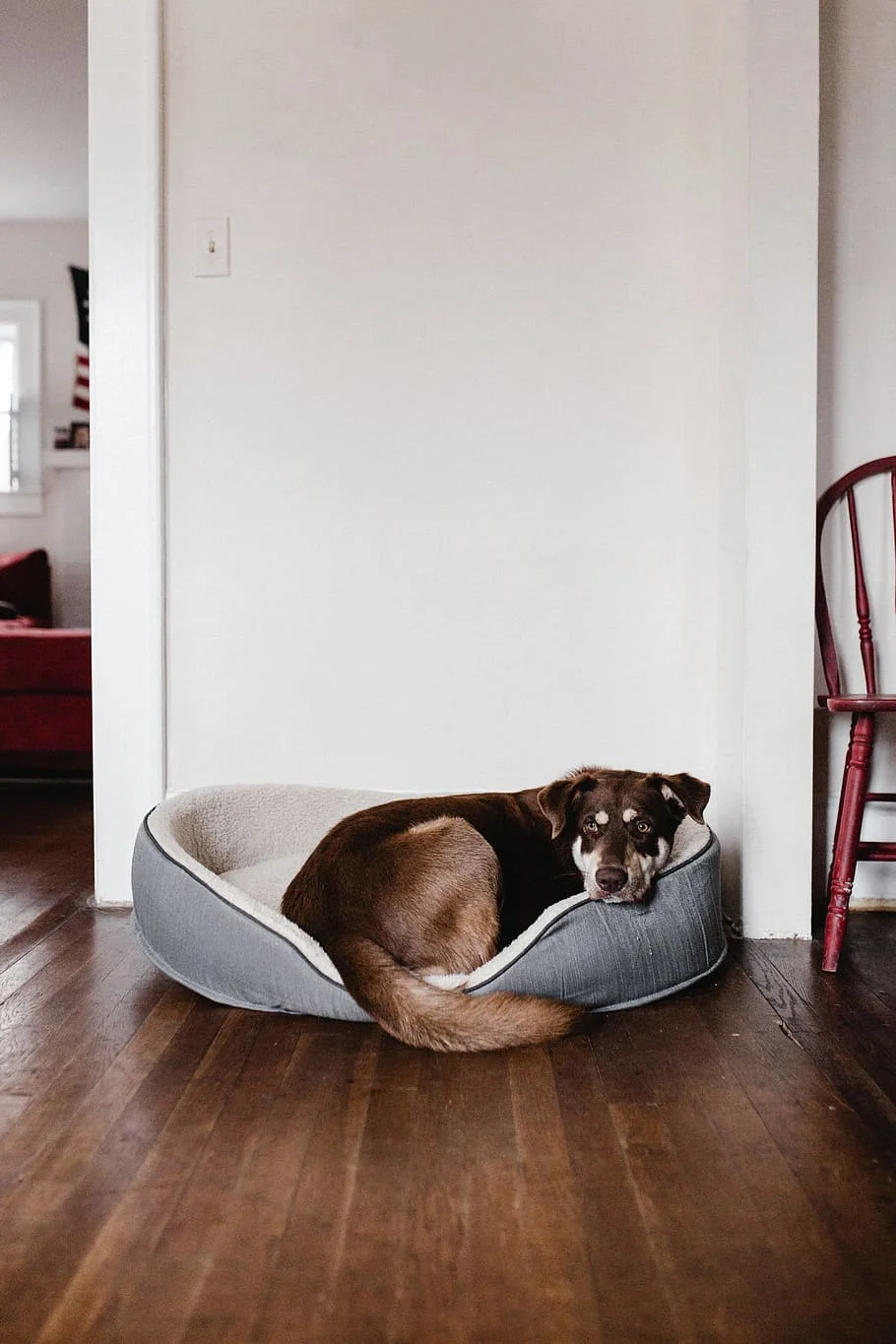
Regular Grooming: Keep your dog well-groomed with regular brushing, nail trims, and bathing. Also ensure that your home is kept tidy.
Comfortable Coat: A clean and well-maintained coat contributes to your dog’s overall comfort.
Importance: Maintaining a well-groomed environment ensures your dog is physically comfortable and reduces the risk of discomfort-related behaviors during alone time.
23. Explore Pet Insurance
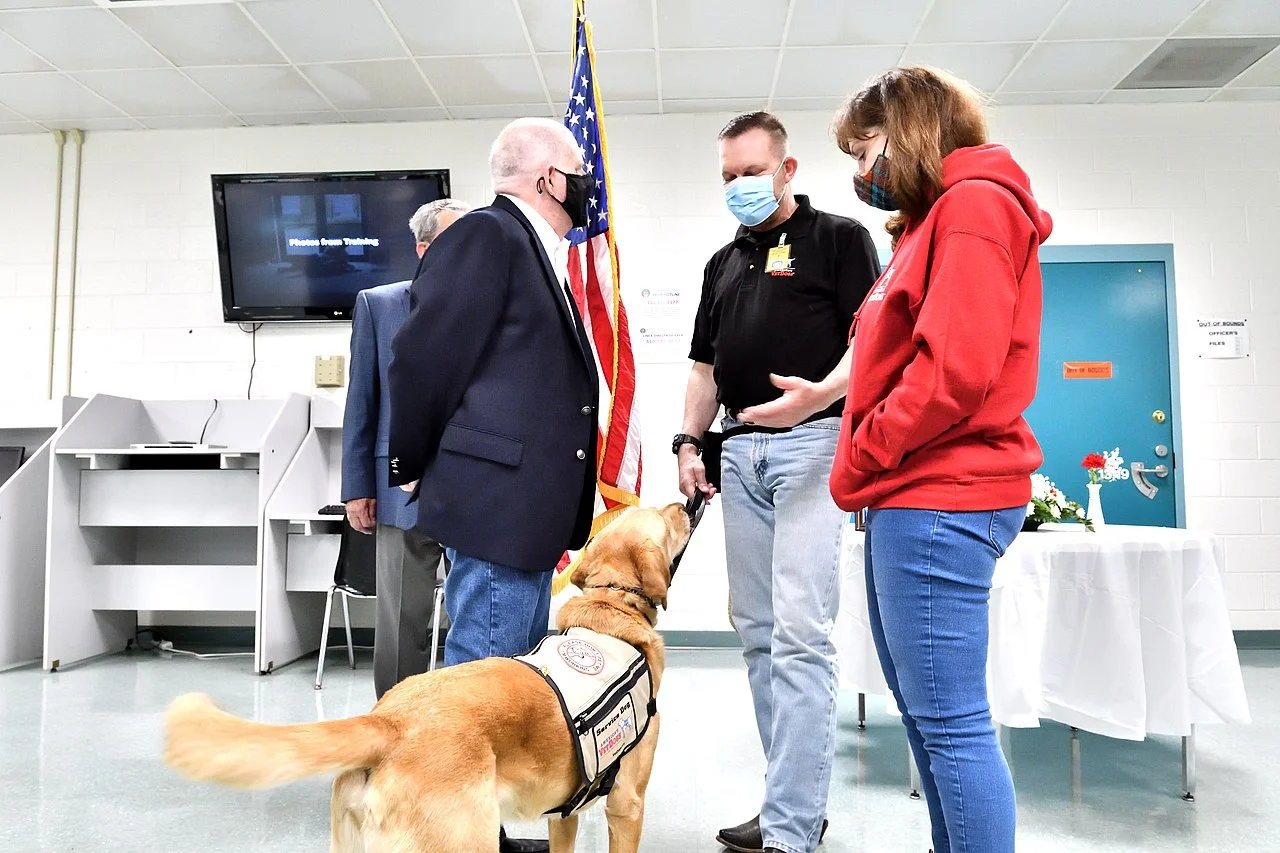
Financial Protection: Consider pet insurance to mitigate potential veterinary costs.
Coverage Review: Research and choose a policy that aligns with your dog’s specific needs.
Importance: Pet insurance provides financial peace of mind, allowing you to focus on your dog’s well-being without concerns about unexpected medical expenses.
24. Weather Considerations
Temperature Awareness: Ensure your home is at a comfortable temperature, considering your dog’s breed and the weather.
Outdoor Safety: If your dog spends time outdoors, provide suitable shelter and water, especially during extreme weather conditions.
Importance: Weather considerations are essential to safeguard your dog’s well-being, preventing discomfort due to extreme temperatures.
25. Interactive Treat Dispensers
Mental Stimulation: Use treat dispensers that require problem-solving, promoting mental engagement.
Scheduled Treat Time: Incorporate interactive treat sessions into your routine to break up the day.
Importance: Interactive treat dispensers offer mental stimulation, keeping your dog occupied and content during periods of alone time.
26. Calm Departures
Low-Key Exits: Avoid creating a fuss before leaving; keep departures calm and uneventful.
Routine Consistency: Consistency in departure demeanor helps your dog associate your leaving with a routine event.
Importance: Calm departures contribute to a stable routine, reducing stress and anxiety for your dog during alone time.
27. Safe Chewing Options
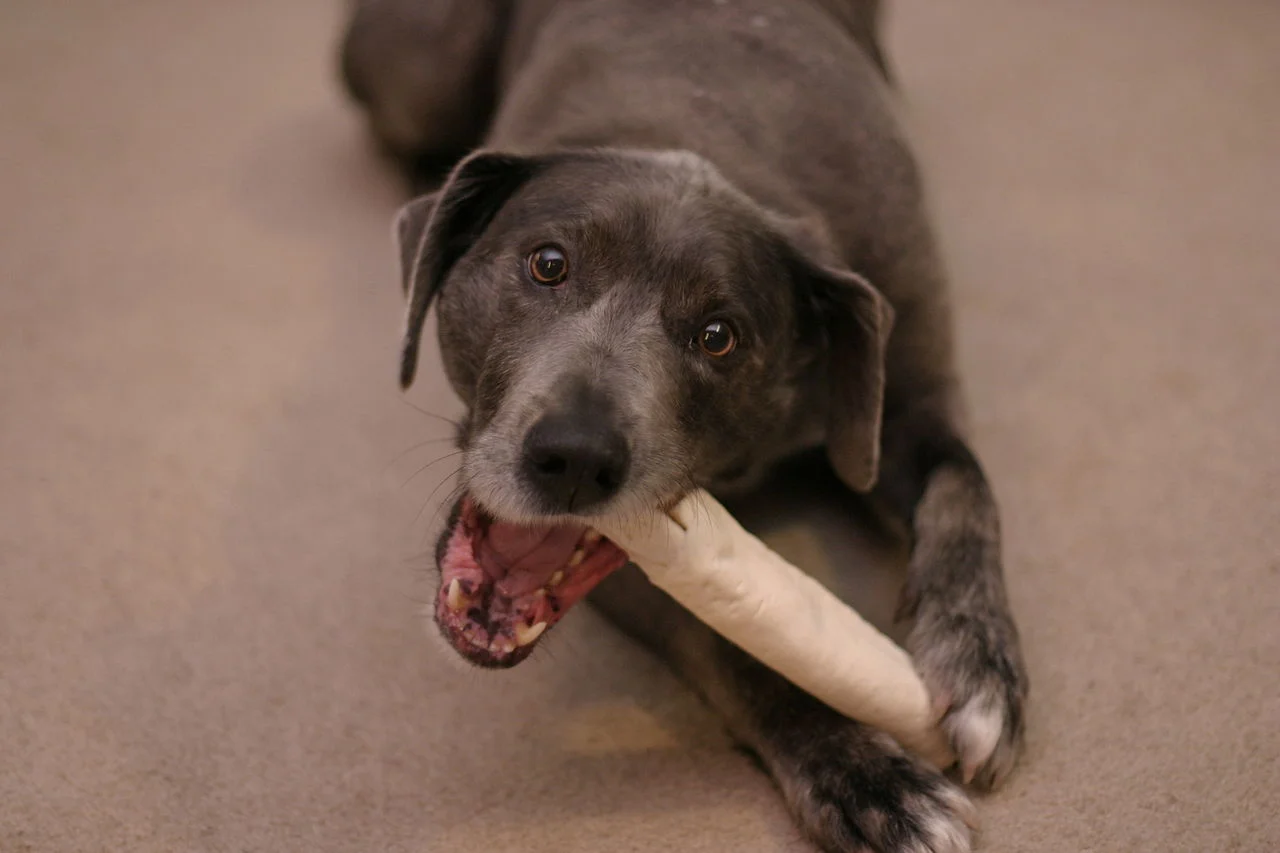
Appropriate Toys: Provide safe chewing toys to satisfy your dog’s natural chewing instincts.
Variety in Texture: Offer toys with different textures to keep chewing interesting.
Importance: Safe chewing options prevent destructive behavior and offer an appropriate outlet for your dog’s need to chew, especially during your absence.
28. Consult Online Resources
Educational Websites: Explore reputable online resources for additional tips and guidance.
Community Forums: Participate in forums where dog owners share experiences and advice.
Importance: Online resources offer a wealth of information and community support, providing insights into various strategies and experiences related to leaving dogs alone.
29. Plan for Emergencies
Emergency Contact: Have a designated person who can assist in case of unexpected events.
Emergency Kit: Prepare a pet emergency kit with essentials like food, medications, and medical records.
Importance: Planning for emergencies ensures that your dog’s needs are met even in unforeseen situations, providing an extra layer of security.
30. Regularly Update Routine
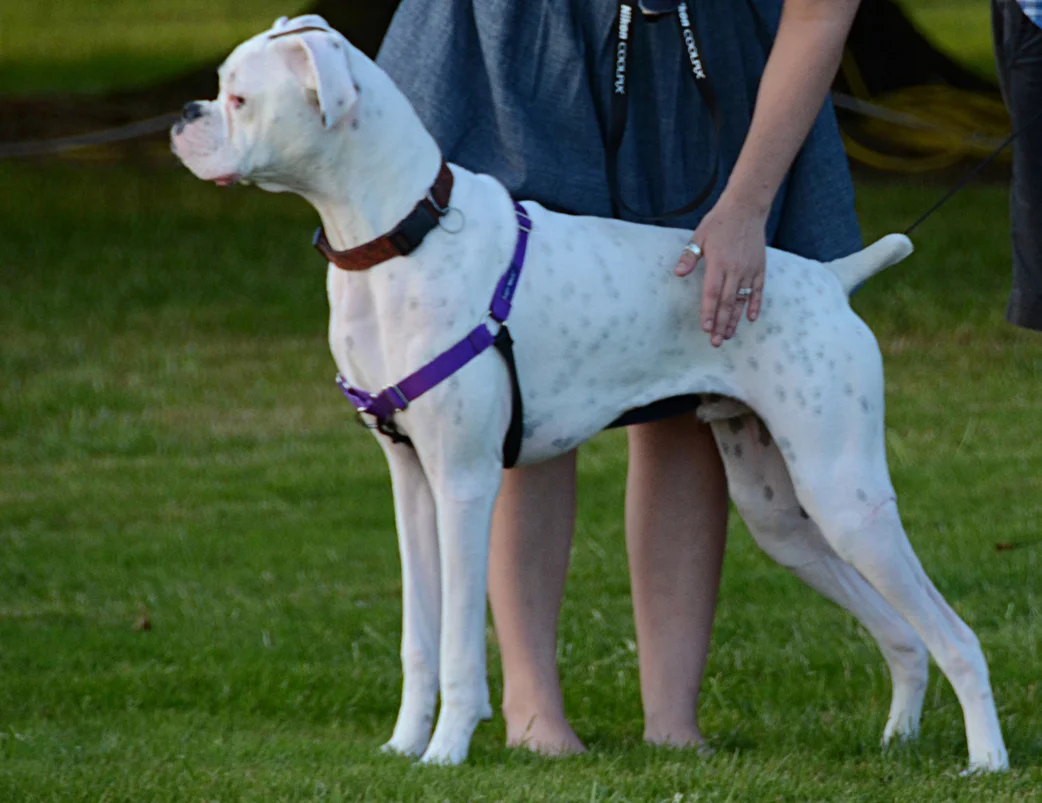
Adapt to Changes: Periodically review and adjust your routine based on your dog’s evolving needs.
Flexibility: Be open to modifying elements of your plan to accommodate any changes in your schedule or your dog’s behavior.
Importance: Regularly updating your routine ensures it remains effective and tailored to your dog’s requirements as they grow and adapt.
*Best Length of Time to Leave Dogs Alone
Consider Individual Needs: Assess your dog’s tolerance and preferences to determine the optimal duration.
Trial and Observation: Experiment with different time ranges and observe your dog’s behavior to find the ideal period.
On average, 4-7 hours is optimal time period to leave dogs at home alone, and this range varies from one dog breed, and personality-type, to another. Understanding the best time range aligns with your dog’s comfort, promoting a positive experience during alone time.
*Tips When Leaving Dogs for 4-6 Hours
Ensure Adequate Exercise: Prioritize physical activity before departure.
Provide Entertainment: Leave engaging toys to prevent boredom.
Comfortable Sleeping Area: Ensure a cozy space for rest during your absence.
Importance: These tips cater to shorter durations, maintaining your dog’s well-being during a moderate period of alone time.
*Tips When Leaving Dogs for 8 Hours and Above
Mid-Day Breaks: Arrange for someone to check on your dog mid-day.
Technology Use: Utilize pet cameras or automated treat dispensers for interaction.
Secure Environment: Ensure a safe and hazard-free space for an extended period.
Importance: Longer durations require additional considerations to address physical and emotional needs, ensuring a comfortable experience for your dog.
*Tips When Leaving Dogs With Separation Anxiety
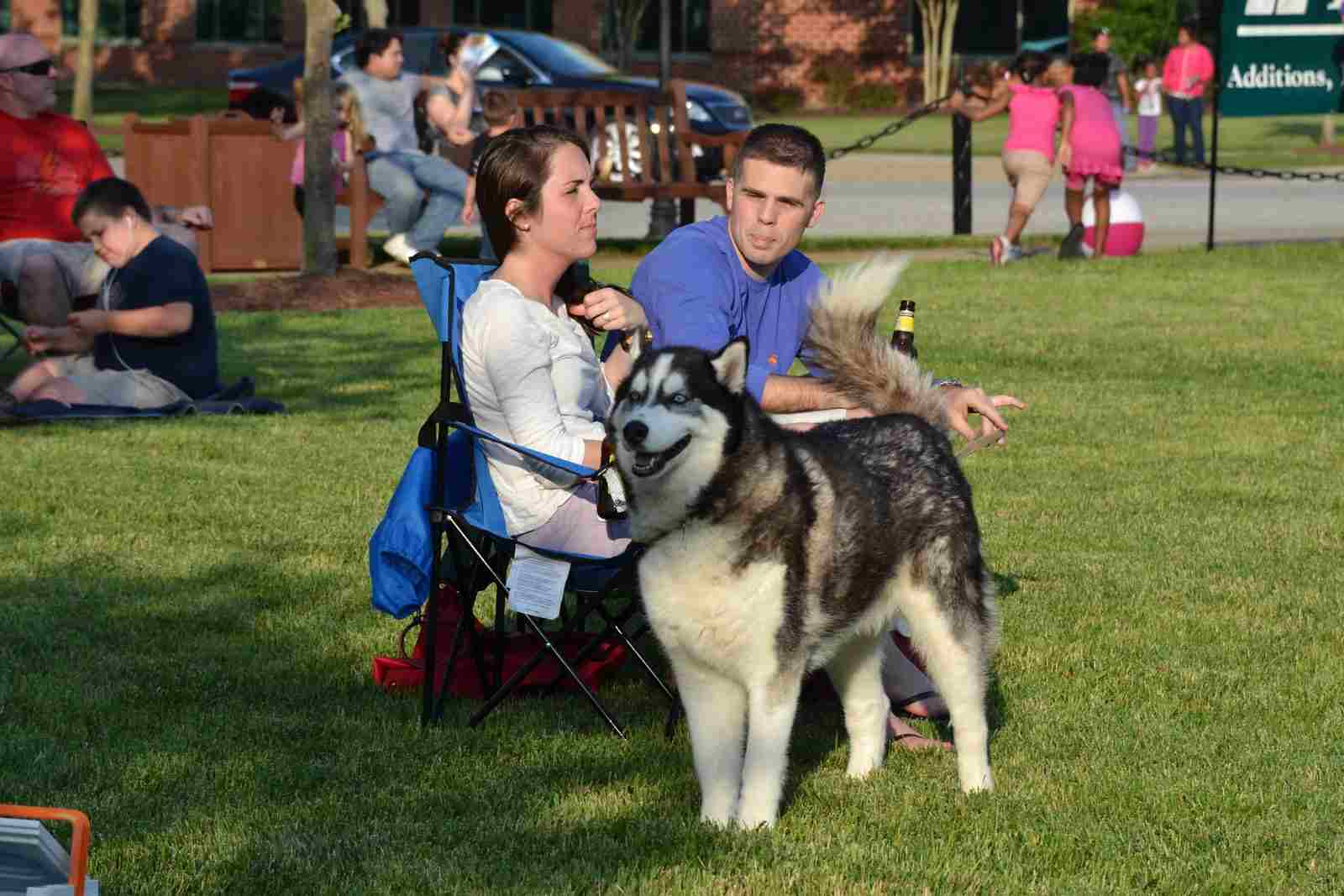
Professional Guidance: Consult with a veterinarian or behaviorist for personalized advice.
Gradual Alone Time Training: Implement incremental training to build tolerance.
Comforting Environment: Use calming scents and background noise to create a soothing atmosphere.
Importance: Dealing with separation anxiety requires a tailored approach, combining professional advice and gradual training to alleviate stress and anxiety.


